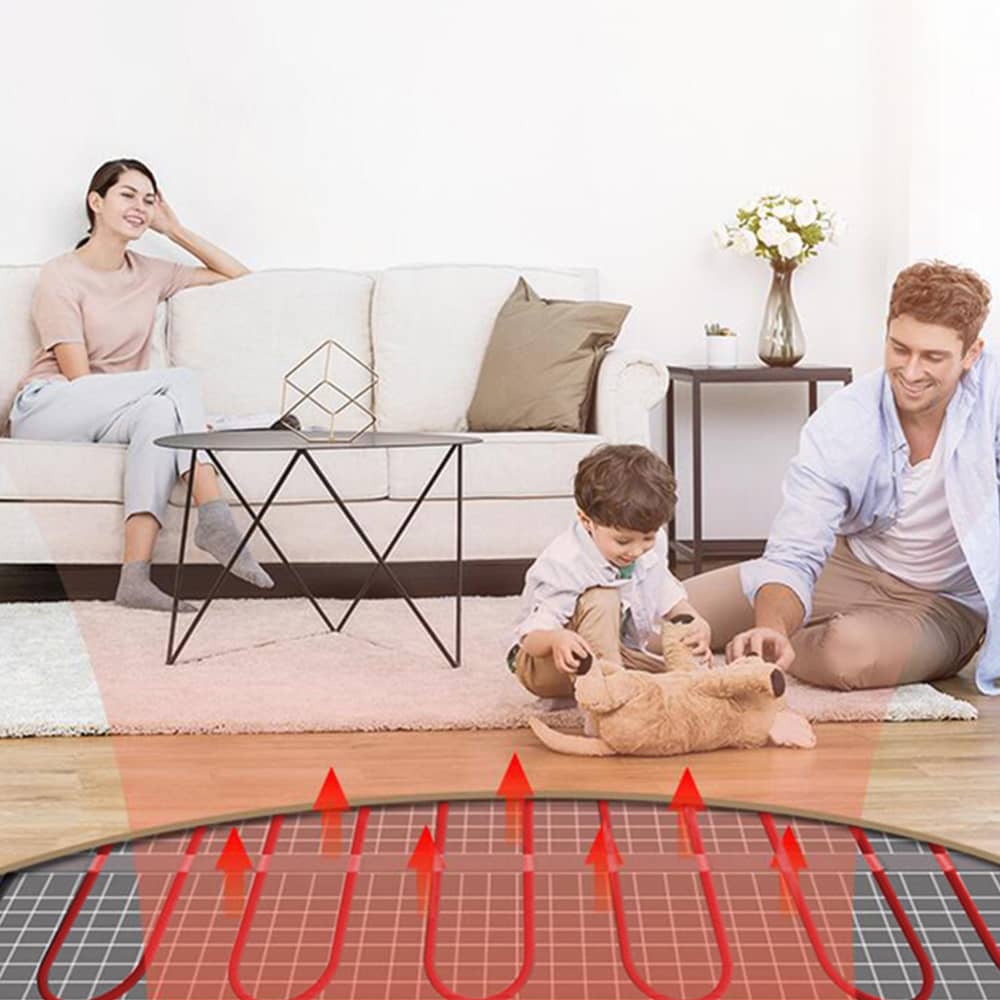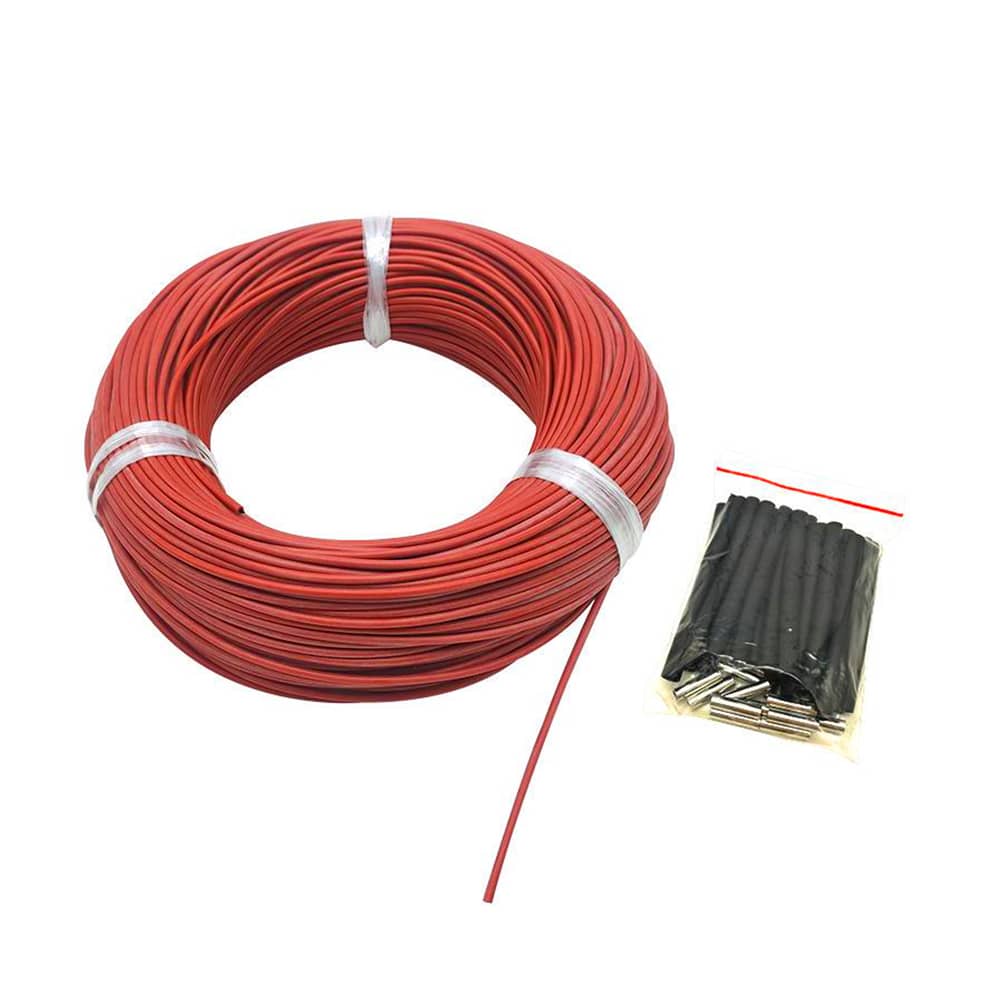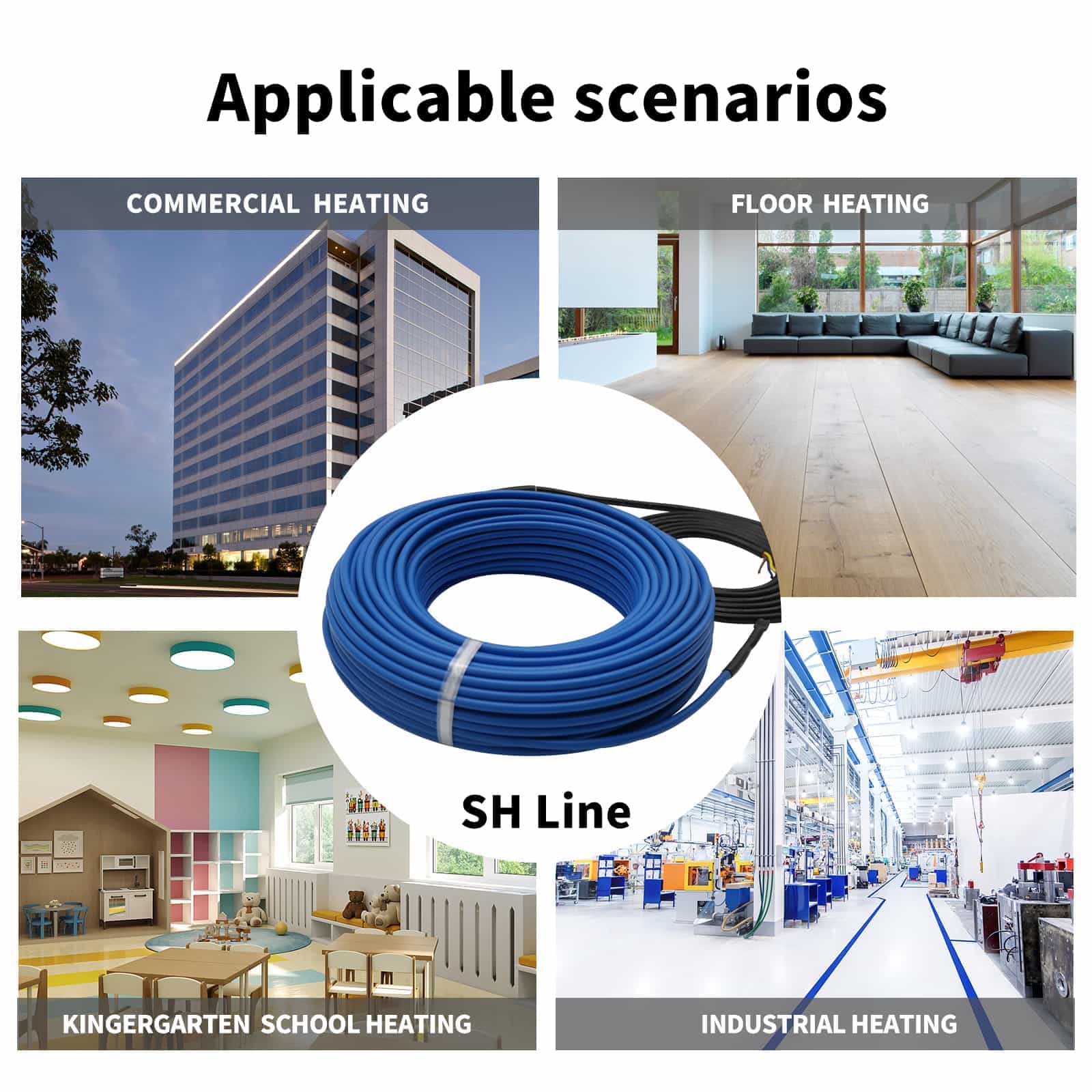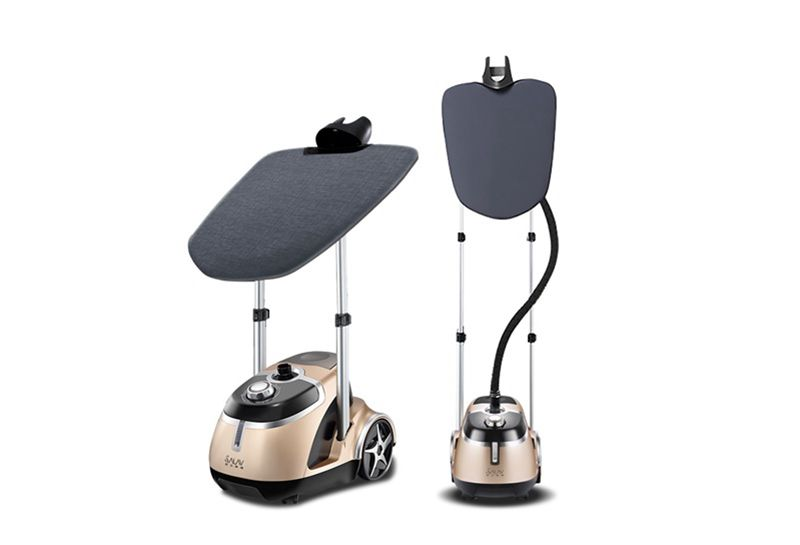How to improve the heating efficiency of the heating film in low temperature environments
Select high-efficiency heating materials:
- Graphene: It has ultra-high thermal conductivity and carrier mobility, and can quickly convert electrical energy into thermal energy. In low-temperature environments, its excellent electrical properties can rapidly raise the temperature of the heating film, reducing the heating delay caused by low temperatures. For example, the application of graphene heating film in some high-end warm clothing can quickly provide warmth to the human body in cold weather.
- High performance carbon fiber: Not only does it have high heating efficiency, but it can also generate far-infrared radiation that is beneficial to the human body. In low-temperature environments, carbon fiber heating membranes have good stability, and far-infrared radiation can promote blood circulation in the human body, indirectly improving the insulation effect and enhancing overall heating efficiency.
Strengthen insulation measures:
- Add thermal insulation layer: wrap thermal insulation materials around the heating film, such as polystyrene foam, polyurethane foam, etc., to reduce heat loss to the low-temperature environment. For example, when using heating film for underfloor heating, laying insulation board under the heating film can effectively prevent heat from transferring downwards, allowing more heat to stay in the indoor space and improving heating efficiency.
- Improve spatial sealing: For spaces using heating membranes, such as rooms, equipment enclosures, etc., enhance their sealing. Install sealing strips, double-layer glass, etc. to reduce the penetration of cold air and minimize heat loss caused by air convection. In the cold winter, a well sealed room can better maintain the heat generated by the heating film and improve the actual efficiency of its use.
Intelligent temperature control:
- Adopting high-precision temperature controller: Equipped with a high-precision temperature controller, it can more accurately sense temperature changes and adjust the working status of the heating film in a timely manner. In low-temperature environments, the thermostat can accurately control the power output of the heating film based on the slight difference between the set temperature and the actual temperature, avoiding excessive or insufficient operation of the heating film due to inaccurate temperature control and improving heating efficiency.
Adapt to suitable power sources:
- Stable voltage output: For AC powered heating films, select the appropriate power frequency based on their material characteristics and design requirements. The appropriate frequency can make the electronic movement inside the heating film smoother, the current distribution more reasonable, and thus improve the heating efficiency.












